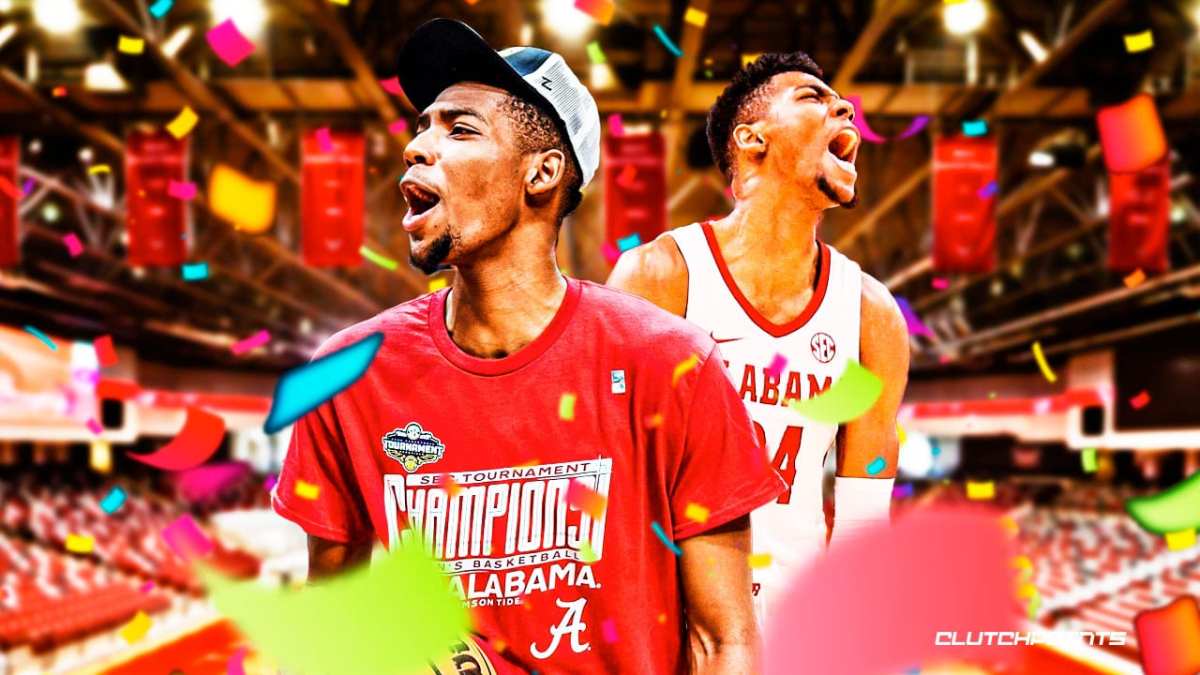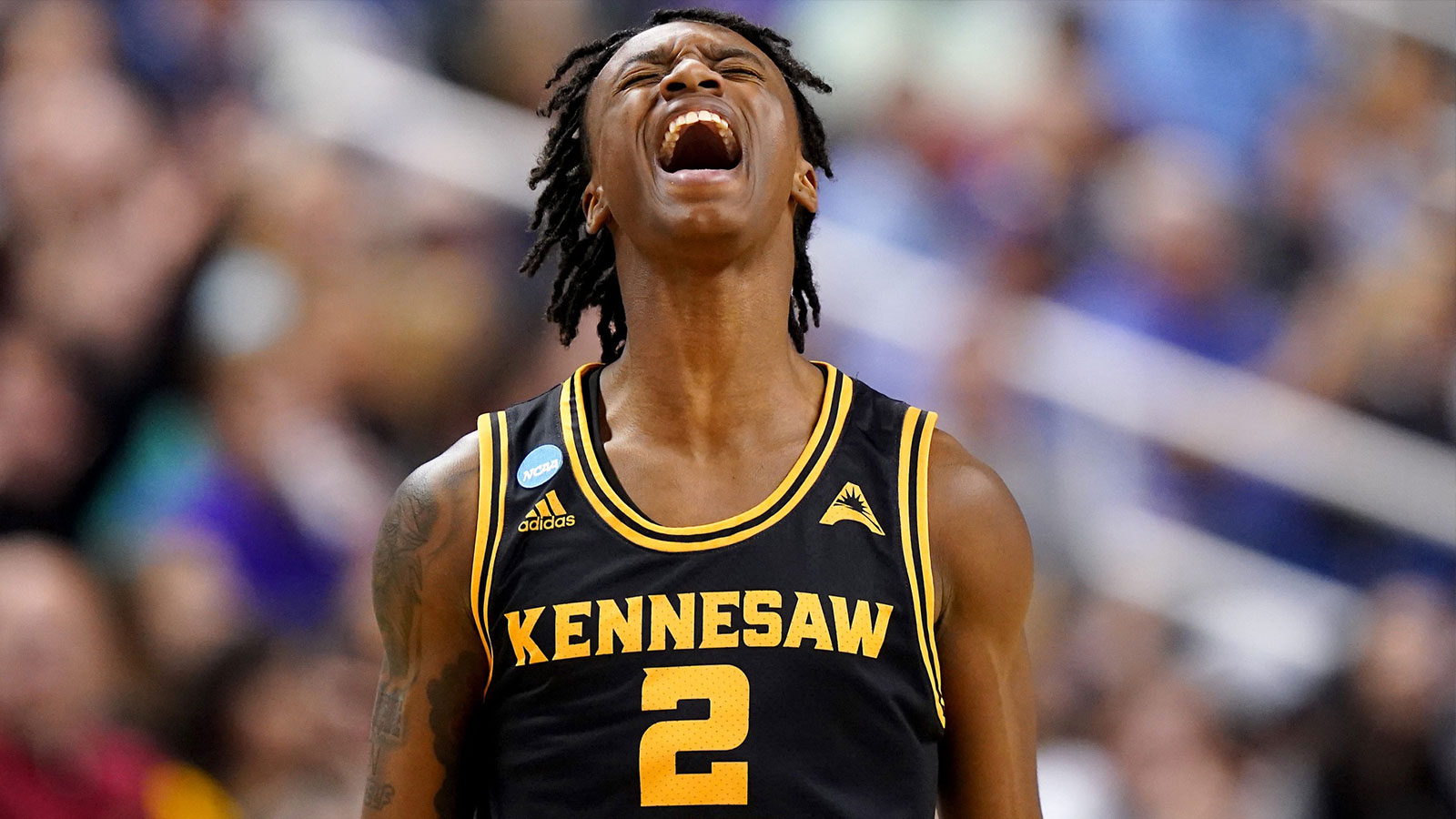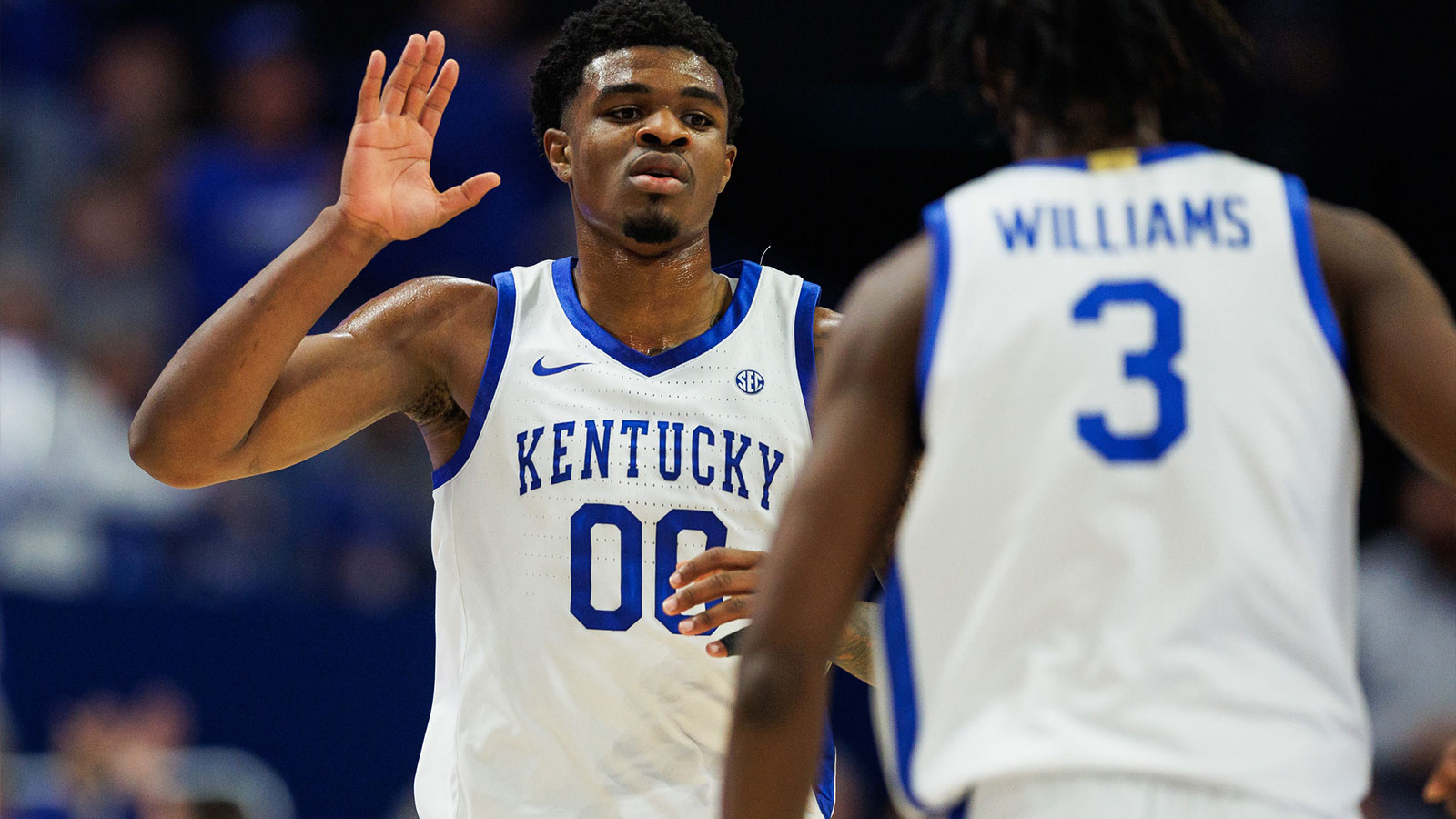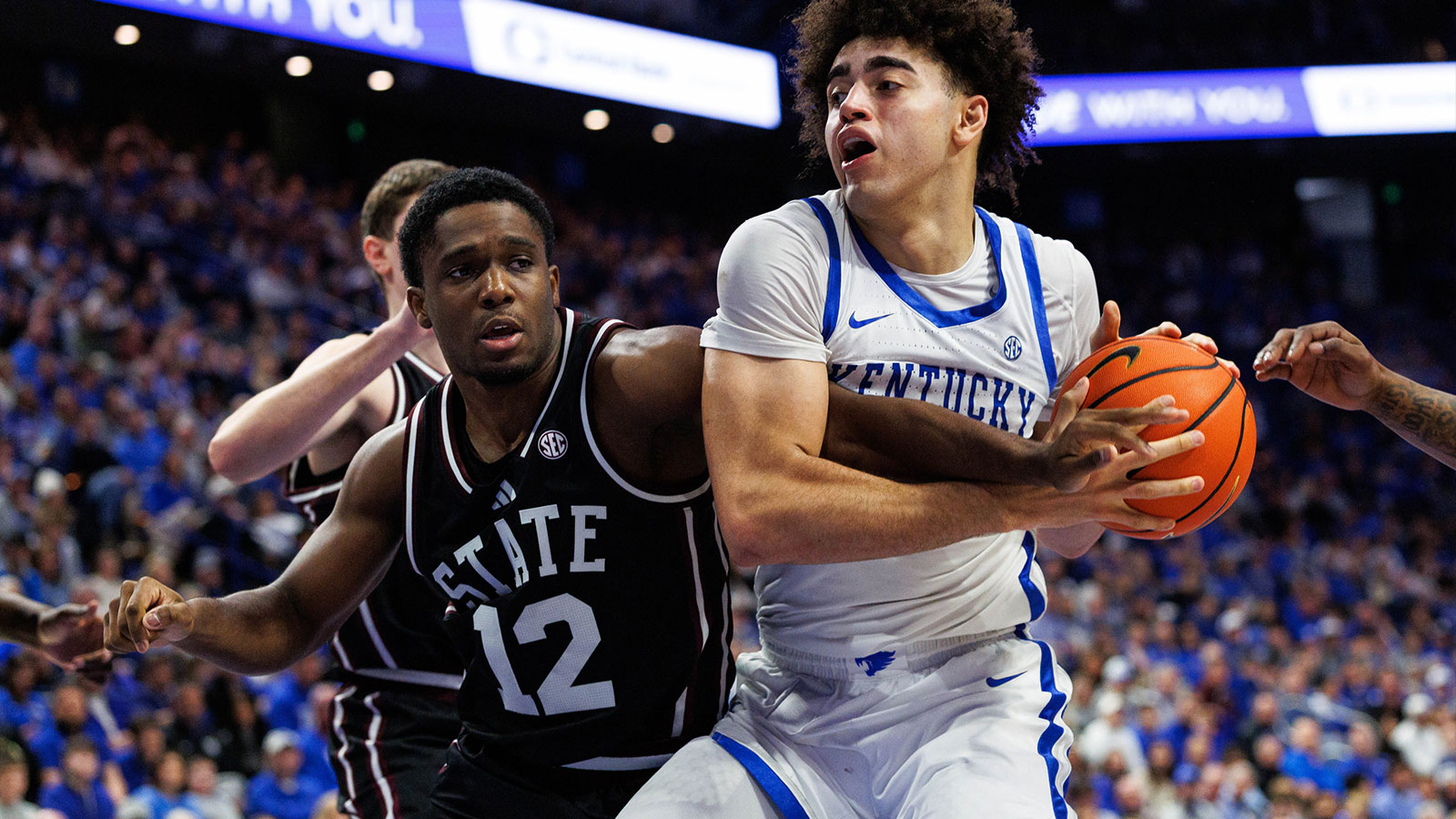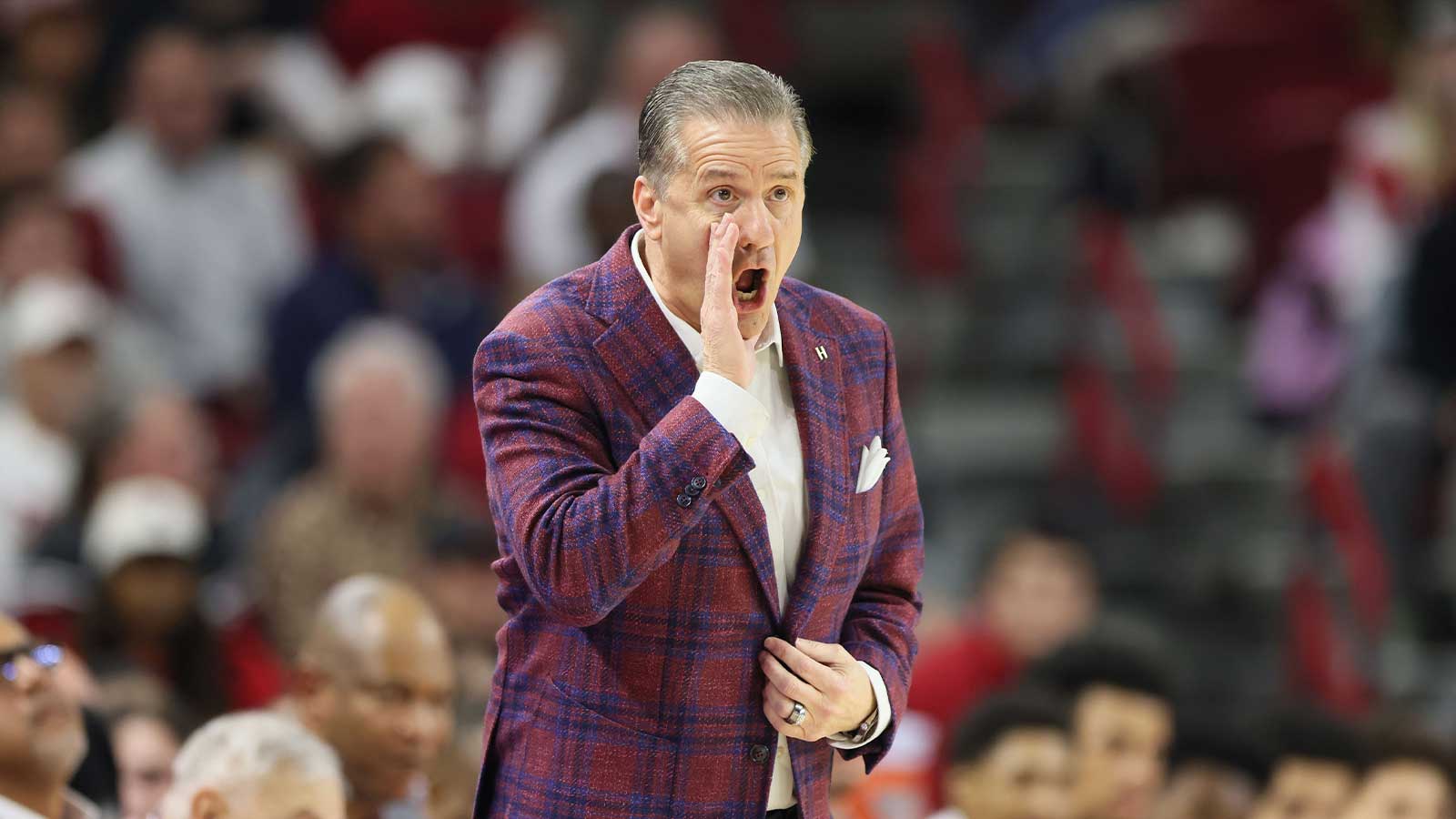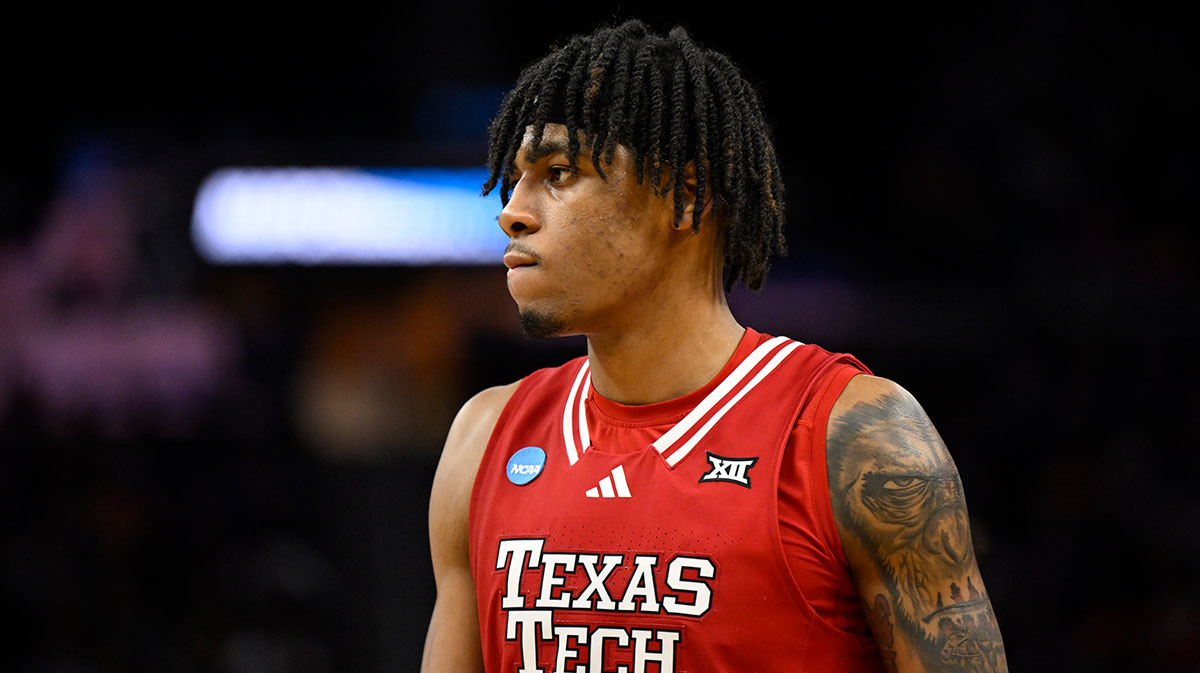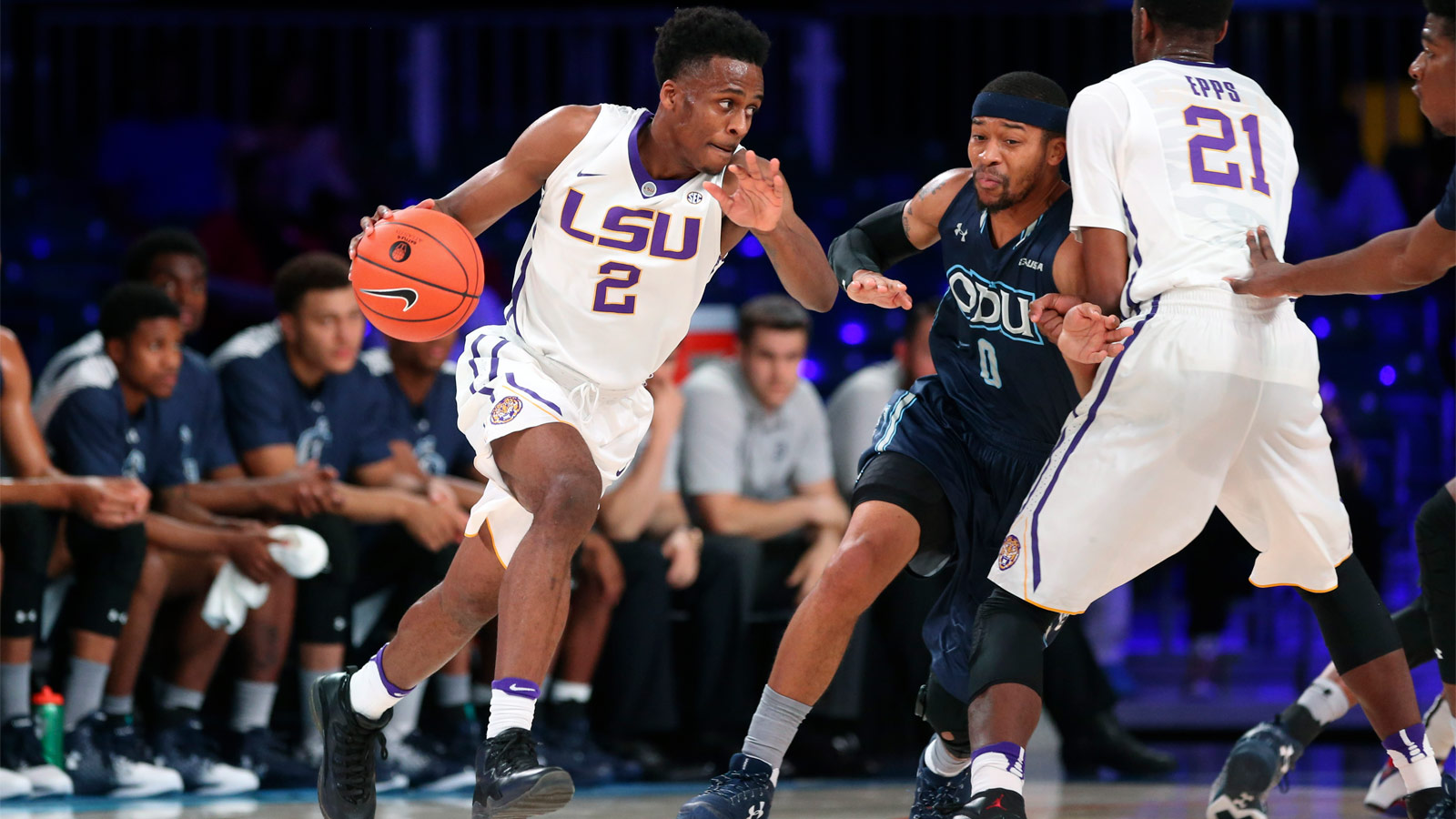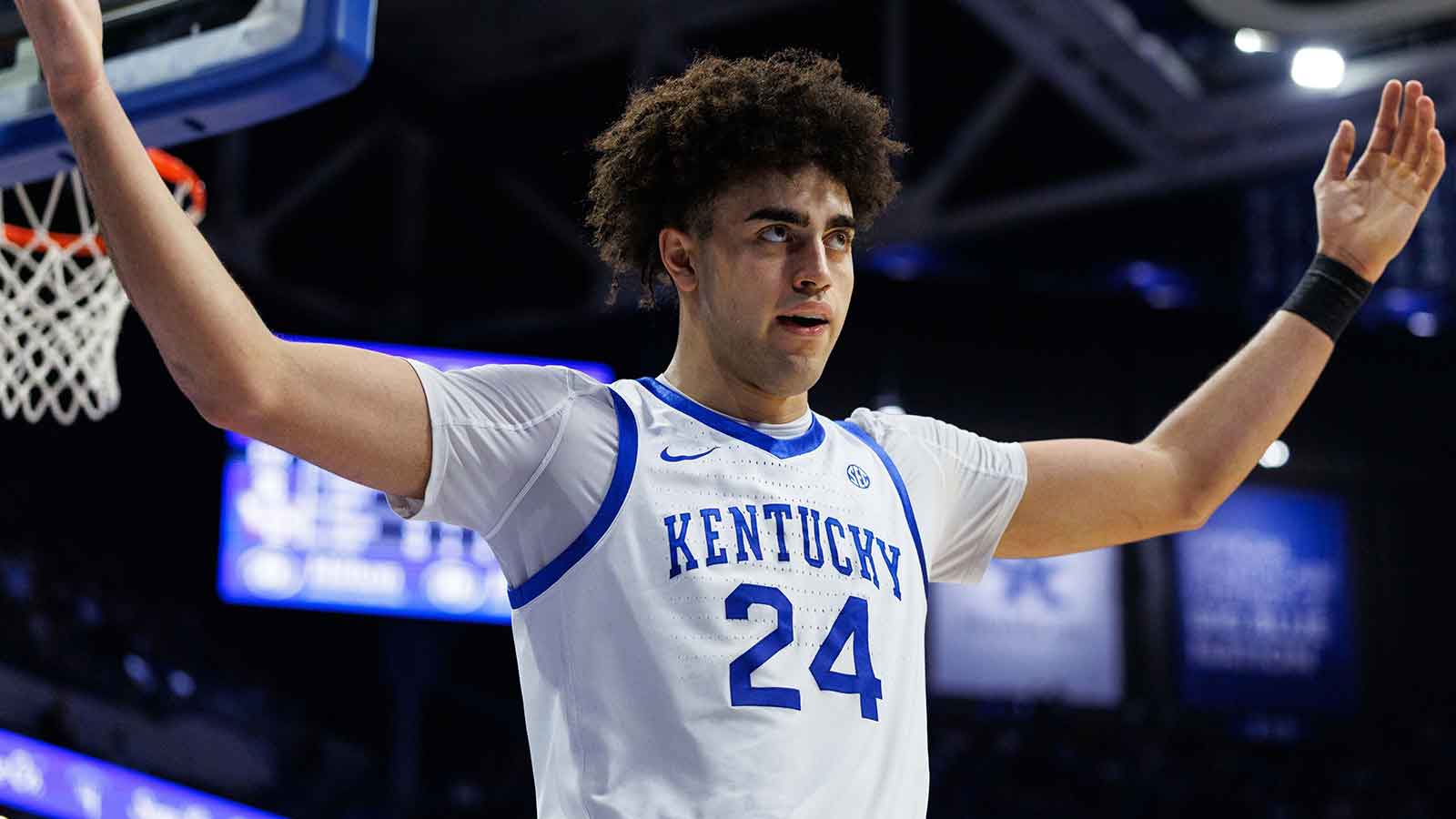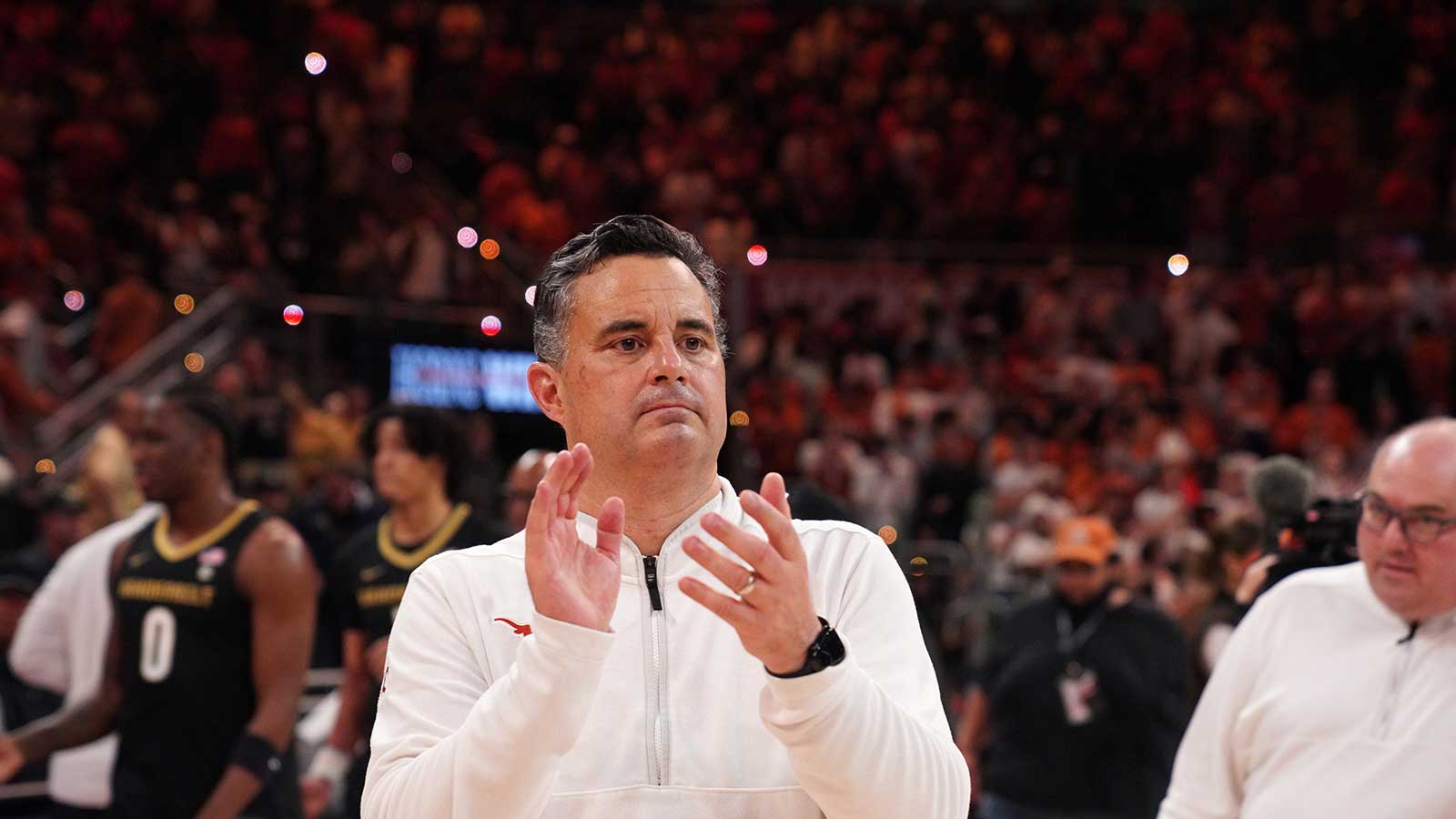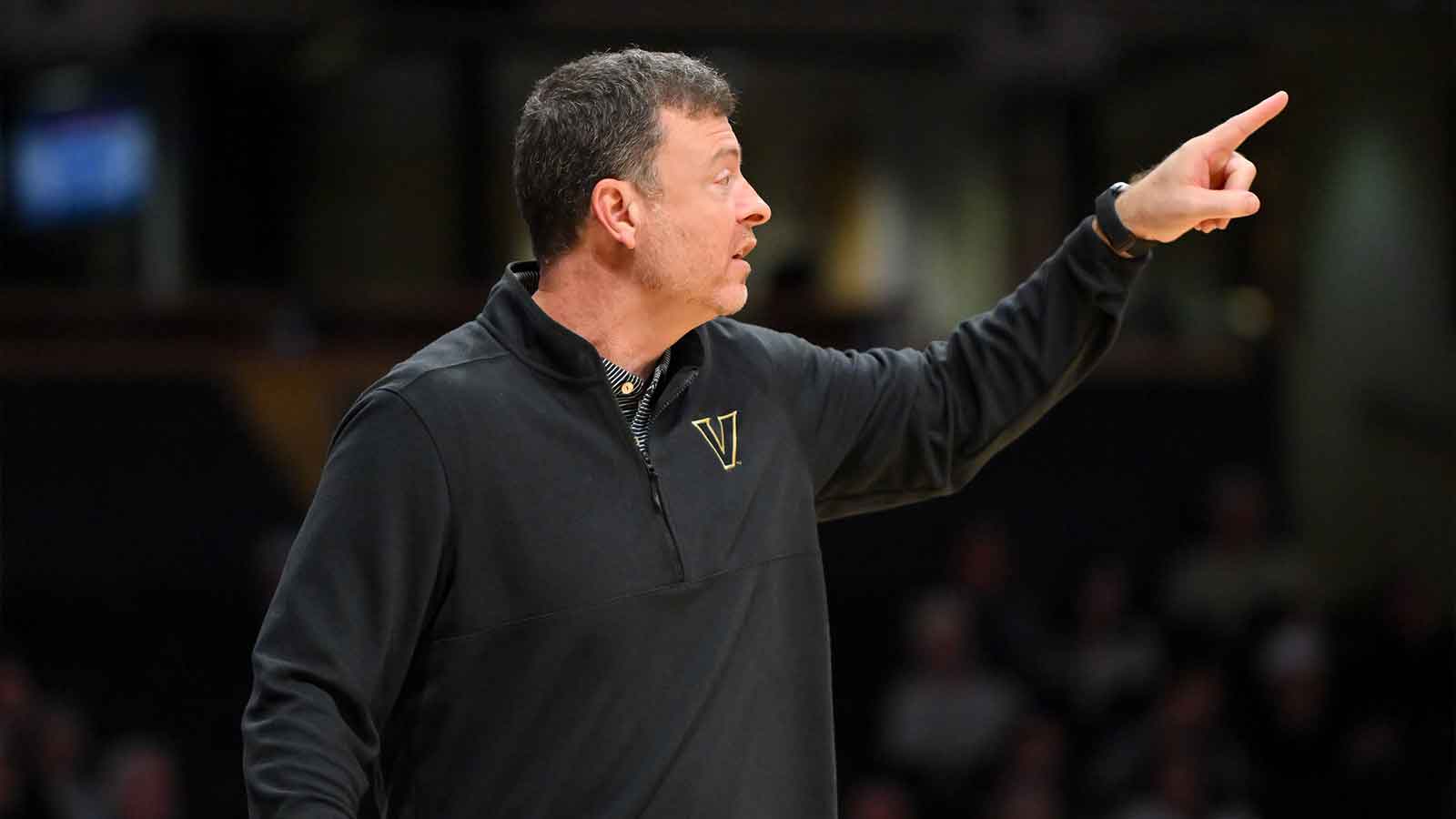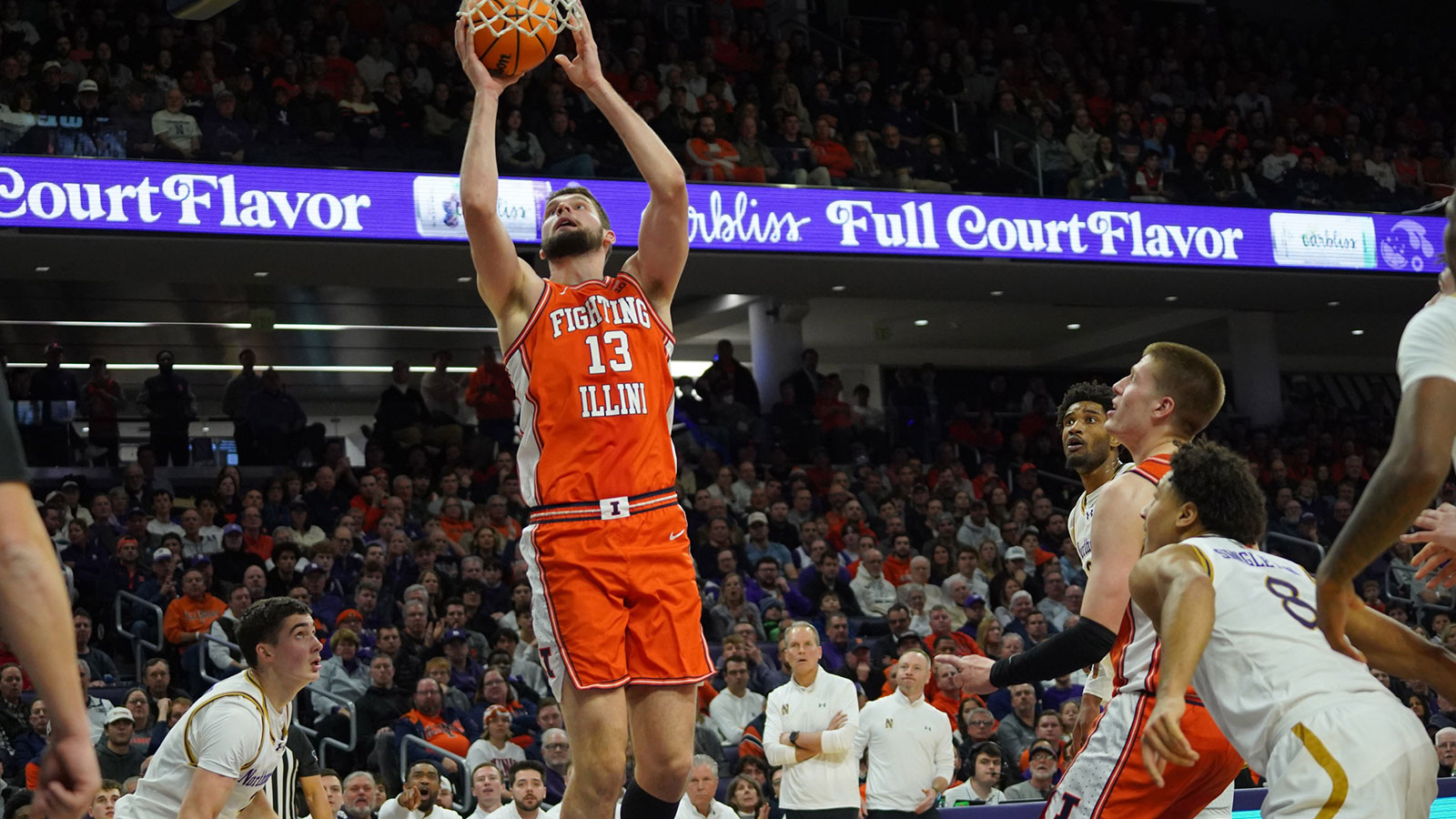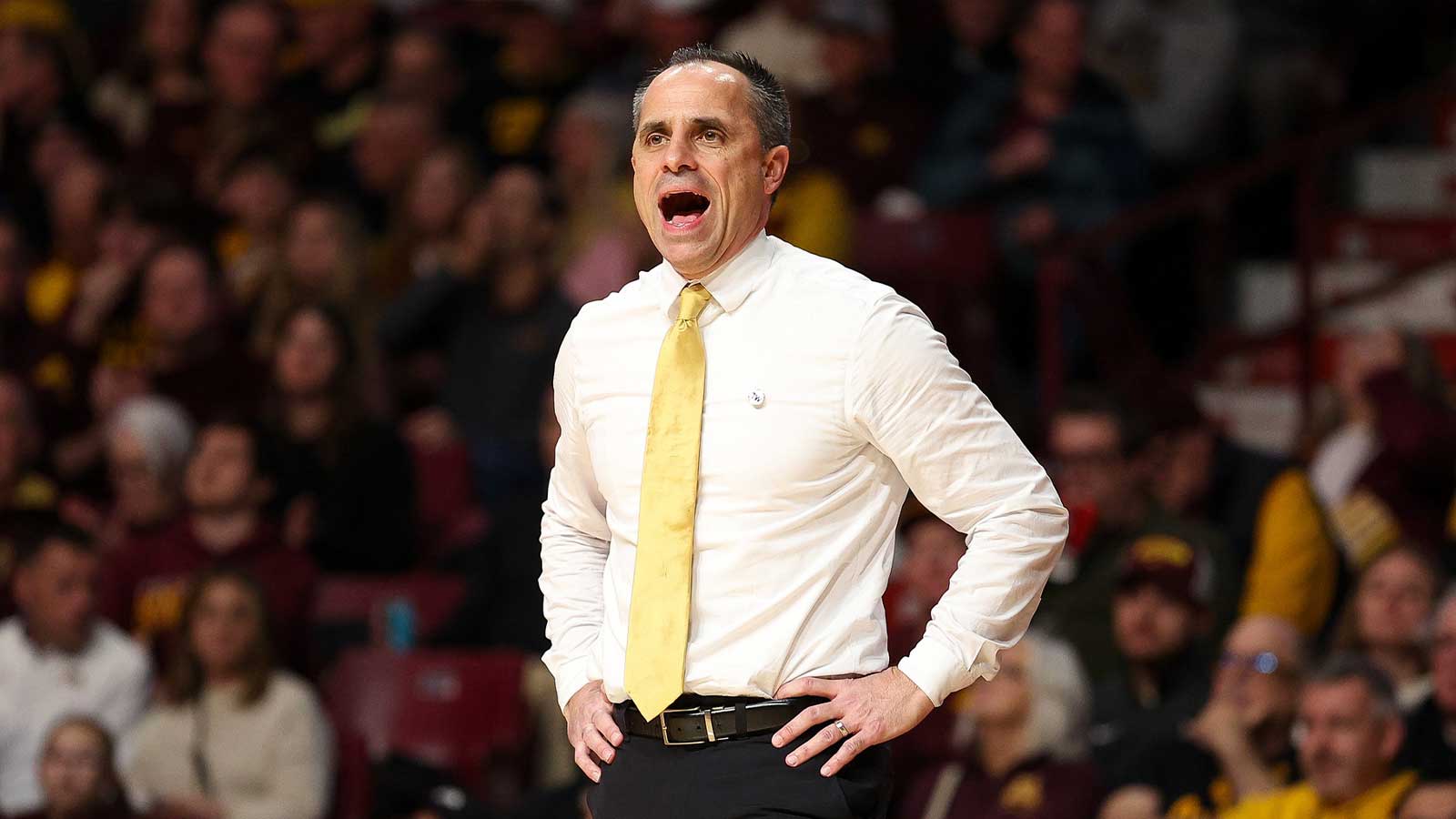More than any other team in the NCAA Tournament, Alabama basketball weaponizes math. In the NBA, this isn't a radical concept. The NBA's culture war between the True Hoopers and the math wonks has been decided and the wonks have won; this is why every team is scoring more and more similarly than ever, continually pushing the horizon of offensive possibility as they hollow out the midrange in favor of uber-efficient corner threes and shots at the rim. During March Madness, though, the distinctive style and speed of Alabama basketball feels downright revolutionary.
Whereas most college teams focus on playing the right way in a Boomer-y moralistic sense, the Alabama Crimson Tide actually play basketball the correct way. Offensively, they shoot threes on nearly half of their possessions, maintaining a 47.8 percent three point rate, the sixth highest in the country and the highest of any team in the Tournament; they push the tempo, cramming 72.7 possessions into a 40 minute game, good for the fourth fastest pace in the country and the fastest of anybody in the bracket.
Even if they aren't necessarily a good shooting team (they're only the 185th most accurate three point shooting team, making just 33.8 percent of their threes), that's almost besides the point; the Tide's shot profile is so finely optimized and they play so fast that they can weather the minute-by-minute variance that often sinks teams in March Madness. As evidenced by their sparkling 29-5 record and top overall seed in the NCAA Tournament, the math is almost guaranteed to come out in Alabama's favor.
Defensively, they force teams to play like the inverse of themselves. If the Crimson Tide almost exclusively shoot either threes or layups, they maroon their opponents in the midrange. With Alabama's guards and wings running shooters off the three-point line and expert rim protectors Charles Bediako and Noah Clowney shielding the paint, Alabama erases the easy shots that an offense needs to survive; a plurality of the shots that they surrender are from the doomed midrange. Unsurprisingly, Alabama allows teams to make just 41.7 percent of their two-pointers (best in the country) and 28.1 percent of their threes (third best).
But what really makes Alabama soar is controversial freshman Brandon Miller, a no-doubt top five pick in the upcoming NBA Draft and potentially best player in college basketball. Averaging 19.6 points, 8.3 rebounds, 2.1 assists, he's talented in ways that few college players have ever been—there are only a handful of guys on earth who can match Miller's current cocktail of shot-making and shot-creation and nearly all of them are NBA All-Stars.
While Miller is Alabama's undeniable star, his supporting cast ably fills in the gaps around him. Between Bediako and Clowney, Alabama is able to access the full menu of defensive coverages. The massive Bediako is a drop coverage monster who was the 14th most prolific shot blocker amongst players in high-major conferences. Conversely, Clowney wins with speed, able to thrive next to Bediako in big configurations as well as anchor faster, more switchable lineup on his own.
In the backcourt, senior guard Jahvon Quinerly functions as Miller's offensive co-star. Although Quinerly initially struggled to find his sea legs as a sixth man after being their offensive engine the previous two years, he once again looks like an elite point guard for Alabama heading into March Madness. In his final six games before the NCAA Tournament, Quinerly averaged 14.2 points and 5.0 assists, using his jittery, helter-skelter handle to beat his man off the dribble and puncture defenses.
In this sense, the strength of Alabama's scheme or personnel alone would make them a very good team, but it's the marriage of the two that makes them the favorites to cut down the nets in the NCAA Tournament. When you have such great players executing within such a smart, well-calibrated system, winning is merely arithmetic.

